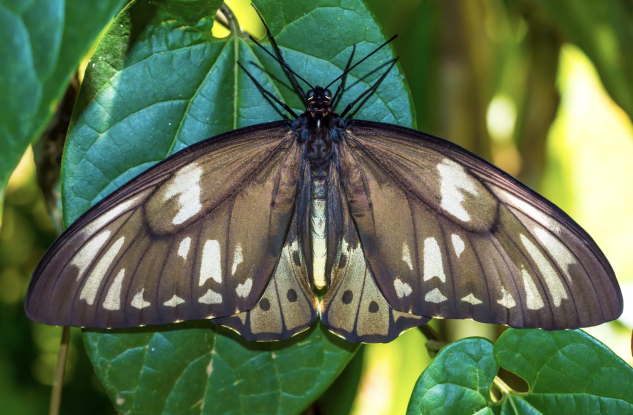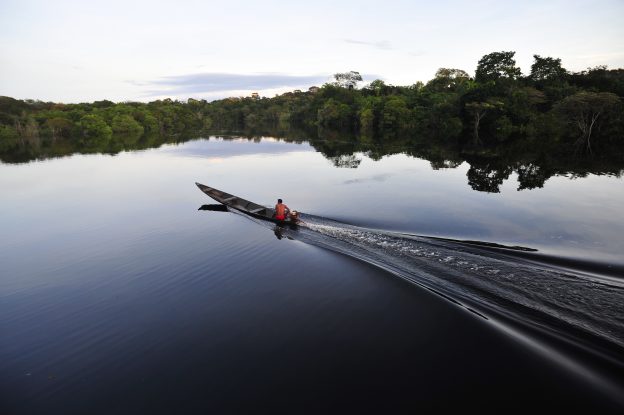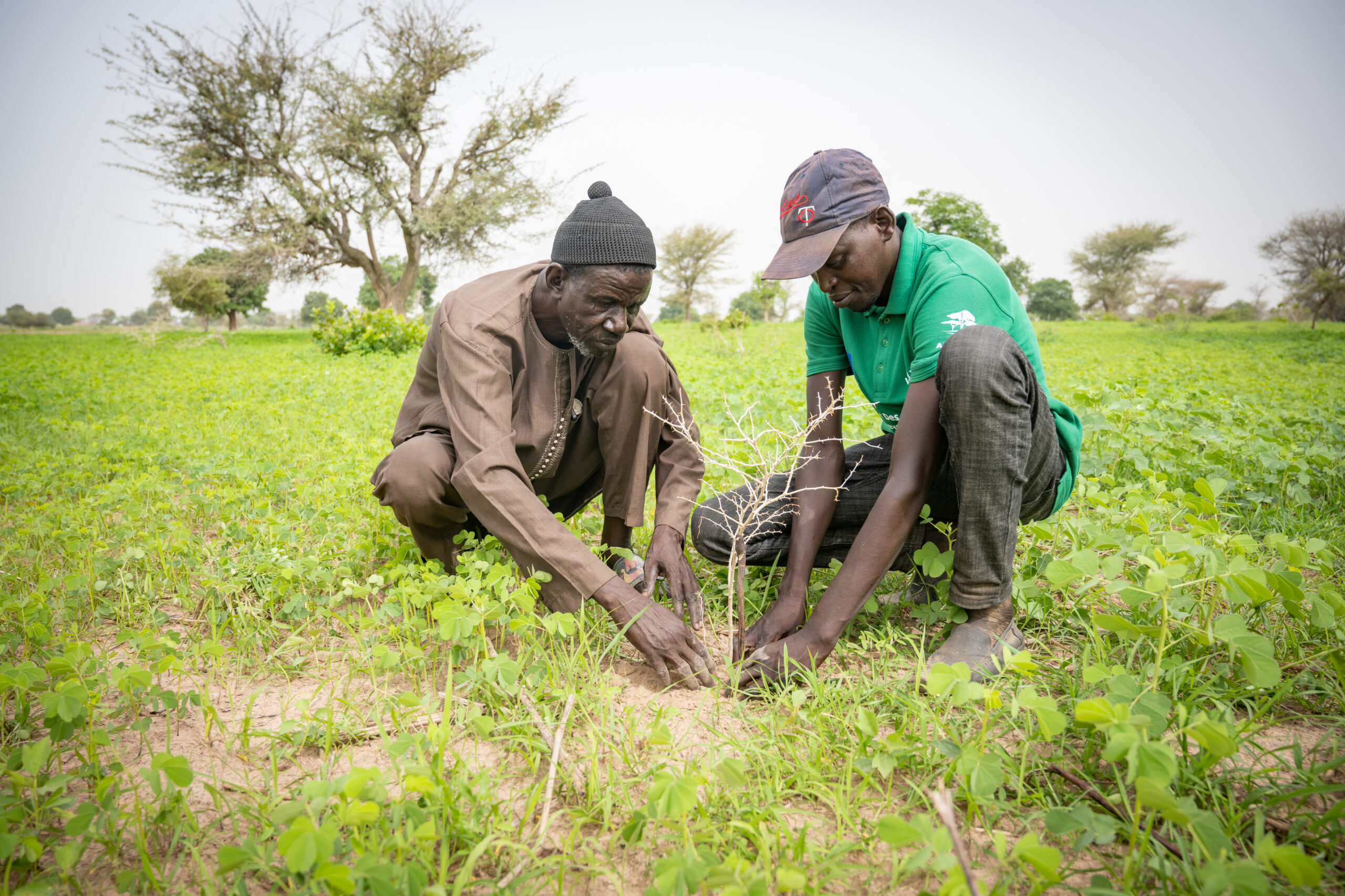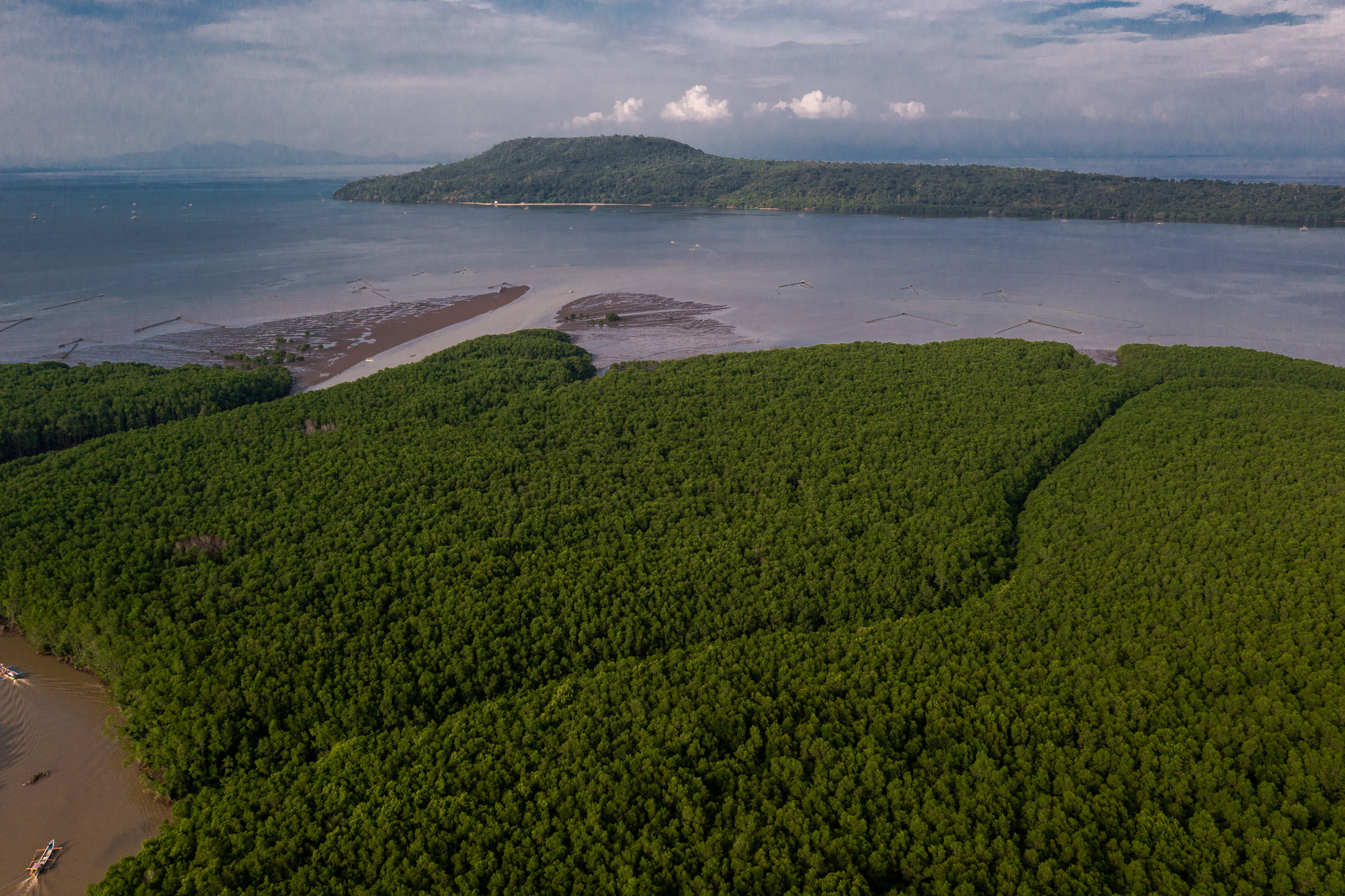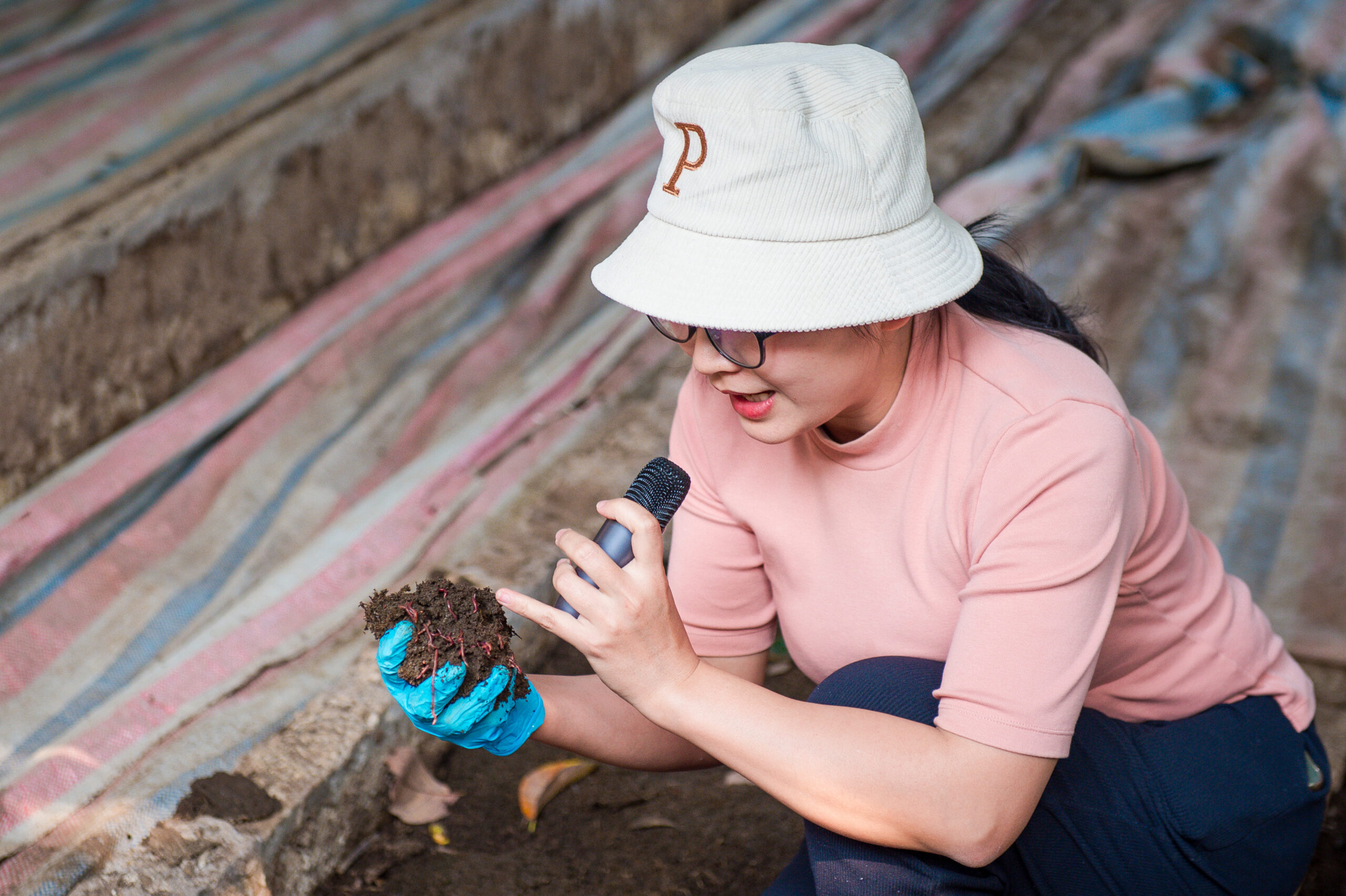When Tony Rinaudo first attempted to restore land through tree planting in Niger over four decades ago, his initial attempts seemed futile – until he realized that solutions were “literally at our feet.”Â
Rinaudo, the innovator of the Farmer Managed Natural Regeneration (FMNR) approach, discovered that what appeared to be a threadbare carpet of under-valued bush directly underfoot was in fact a living system of tree stumps and seedlings, re-sprouting all over the Sahel. That insight became the foundation of FMNR – now credited with helping communities develop social, policy and economic solutions to counter land degradation, which affects 30 percent of global land and 3.2 billion people.
“I was so discouraged, I was ready to give up and go home, when I realized the solution was literally at our feet[…]there are hundreds of millions of such bushes in Niger, in the Sahel,” recalled Rinaudo, during an online interactiveevent on 10 September 2025, organized by the Knowledge for Great Green Wall Action (K4GGWA), in close collaboration and with the generous support of ​​​​World Vision. Â
Through FMNR approaches, more than 5 million hectares of degraded landscape in Niger have been restored over the past 20 years, regenerating some 200 million trees, explained Rinaudo, principal advisor for natural resources at World Vision Australia.The approach, now used in at least 40 countries, thrives because it directly benefits farmers, carries minimal risk and scales up at low cost.
While not a “silver bullet”, Rinaudo noted FMNRcan be highly effective when complemented by other measures, such as enrichment planting, water harvesting, erosion control and climate–smart agriculture. Success also depends on changingmindset, engaging stakeholders and aligning on policies and objectives. Community members in Senegal tend to a Farmer-Managed Natural Regeneration (FMNR) plot, restoring tree cover and soil fertility.
Building resilience through farmer-led restorationÂ
FMNR approaches can complement the Great Green Wall (GGW) – the African-led initiative to revive over 100 million hectares across diverse ecological and socio-economic contexts with a focus on the Sahel and Horn of Africa regions. In these regions, land degradation has eroded livelihoods, damaged ecosystems and weakened local economies, leaving communities increasingly vulnerable to climate change and biodiversity loss. Â
Community engagement – through local leaders, community champions and influencers – emerged as a unifying theme during the interactive ​ K4GGWA​  event​titled: Restoring Land, Restoring Hope.Â
 “What’s most important is the context of a local area and their needs; you start by matching practices with local needs,” said Niguse Hagazi, Ethiopia country representative, at the Center for International Forestry Research and World Agroforestry (CIFOR-ICRAF), which co-implements K4GGWA with support from the European Union and in partnership with the Food and Agriculture Organization of the United Nations (FAO).Â
Breakout sessions during the co-learning event examined multiple topics, such as the importance of governance issues, including land and tree tenure, and policy alignment by local, regional and national authorities. Science-based evidence is essential to demonstrate successful outcomes, measured in increased crop yields, improved soil fertility, water retention, and value chains – particularly for products such as timber, food, and fodder crops. Barriers were reframed as opportunities as participants considered solutions to questions about language, funding, scaling up FMNR and supporting community-driven development.
Policy alignment and local leadershipÂ
In Kenya, government policy measures already acknowledge FMNR as a sustainable land management and restoration approach – notably in the National Landscape and Ecosystem Restoration Strategy (2023-2032) and the National Agroforestry Strategy for Kenya (2025-2035). Â
In Niger, protective measures safeguard FMNR landscapes in fields and pastoral zones and encourage scaling-up of inexpensive practices favouring indigenous tree species “for the protection and preservation of the environment in this Sahelian context,” said Abdou Ibrahim Malick, director general of the Niger Agency of the Great Green Wall. However, scaling up FMNR practices also requires monitoring and supervision, including measuring ecosystem services, to secure further political support and adoption among other countries participating in the GGW initiative, he added.Â
In Mali, farmers practising FMNR protect and maintain small trees in their fields, thereby improving soil fertility and agricultural productivity, explained Pierre Dembele, executive director of Sahel Eco, which promotes the practice among farmers. Â
“It’s one of the most promoted practices for land restoration initiatives because it’s less expensive, requires fewer resources, and also allows for very rapid scale-up of restoration,” Dembele said. Â
Besides environmental gains, Dembele emphasized the economic benefits of FMNR, including the development of medicines and non-timber forest products value chains that particularly impact women and young people.

Women at the heart of restorationÂ
Engaging women and men equally in land management decisions is a meaningful way to support FMNR adoption and spread in rural communities. Â Â
“Women are constant on the farm and pour everything they have into restoration to ensure their families’ well-being,” said Irene Ojuok, doctoral researcher at Right Livelihood College (RLC).
“If I’m on the farm, I’ll make sure my household has food, my children are healthy and that I have water access. These things may look simple from a man’s perspective.”
Participants also discussed FMNR’s integration into the GGW framework, funding models, and how it intersects with other approaches such as Forest Landscape Restoration (FLR).
“There is much overlap,” Rinaudo said, challenging misconceptions like “native species are useless”, “trees don’t exist here” or “people are the problem.” His experience shows that native species are abundant and central to regreening the Sahel.
Sammy Carsan, agroforestry scientist at CIFOR-ICRAF and K4GGWA lead for capacity strengthening and agroforestry, urged participants to share insights and listen closely to farmers and communities.
“Land degradation is one of the defining challenges of our time, threatening our existence – especially across Africa, where two-thirds of productive land is already severely degraded,” Carsan said. “Yet within this challenge lies an immense opportunity. FMNR offers a low-cost, scalable pathway to restore tree cover and community resilience – a farmer- and community-level approach grounded in local knowledge.”
The online interactive event: Restore Land, Restore Hope: Unpacking Farmer-Managed Natural Regeneration (FMNR) as a Land Restoration Approach formed the second part of a series of online cross-learning events organized under the K4GGWA program. Â
Acknowledgments
The Knowledge for Great Green Wall Action (K4GGWA) initiative is a joint effort by CIFOR-ICRAF and FAO, with support from the European Union. The K4GGWA Innovation Facility operates across 18 countries to promote sustainable land management, support community-led solutions and strengthen knowledge exchange for restoration in the Sahel and Horn of Africa.
